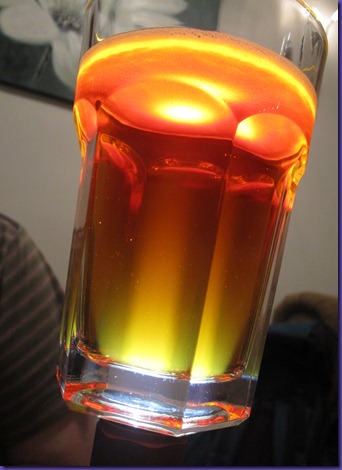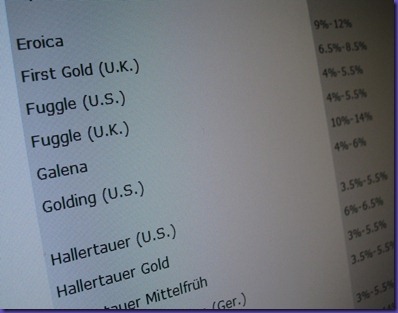Brewers and the beer drinking public seem to have an obsession with beer clarity. These days beer just has to be “bright”, otherwise it is considered faulty.
In fact having totally clear beer does not make any difference to the beer’s flavour or aroma. Nor does it make it unsafe to drink. But “the first taste is with the eyes” as they say, so at Cheshire Peaks we take every step to ensure our beer is as clear as possible.
Our mate Dave is obsessed with torches (flashlights to our American cousins). (Perhaps more so even than we are with beer clarity :-) So when he is sampling our beer, a torch is usually whipped out of his pocket and shone directly up through the bottom of the glass. This is a cruel cruel way to treat a beer (and a brewer!) – every single fleck in the beer is illuminated like a beacon and any haze makes the torch beam look like a searchlight (especially with Dave’s 130 lumen monsters - it practically cooks the beer as well!).
It’s fun to do, but the Hines Test can make even the clearest of commercial beers appear to have something of a haze. I prefer to hold my glass up at arms length and look at a point light source behind it (such as the room lights).
What affects beer clarity anyway? This is a massive topic in brewing, but in summary clarity can be reduced by:
- Proteins. Sometimes proteins precipitate out at low temperatures, leading to a “chill haze” which disappears as the beer warms up again.
- Starch from the malt that has not been converted to fermentable sugar.
- Yeast – yeast can fail to “flocculate” (clump together) and drop out after fermentation
- Other particles, such as bits of grain husk or hop
So how do we go about making sure our beer is clear? That’s a huge topic, and probably one for another post!



